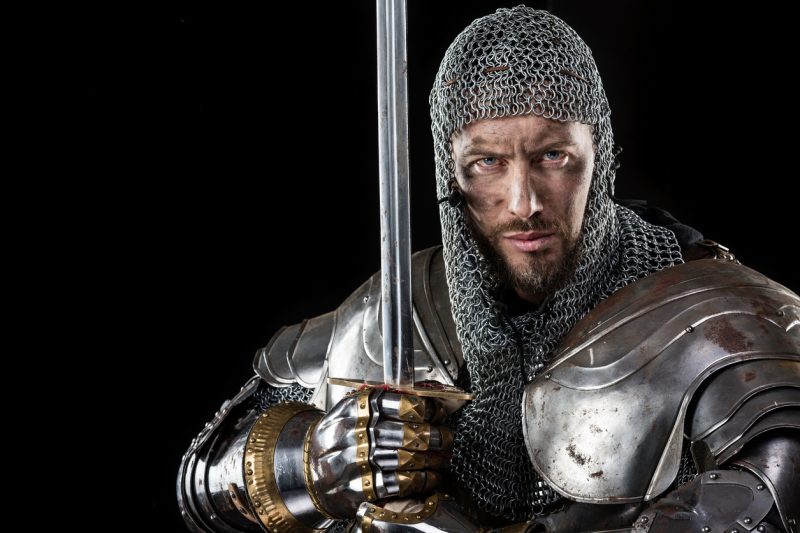It is without a doubt that weapons, since time immemorial, have the most effective tools in winning wars. In the Medieval Ages, the strength of noble knights and their steeds outshone many of the infantrymen.
However, when more efficient and updated weapons were developed, the infantrymen gained better combat skills and prowess. New weapons that only infantrymen could wield heightened their importance in battle.
The change happened, almost instantly, at the start of the High Medieval Ages. Before the end of the 15th century, knights had been forced out of battles by weapons that outmatched them.
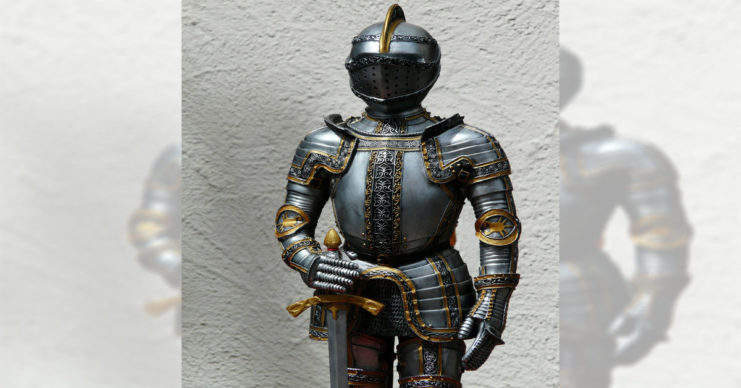
The Crossbow
The crossbow was developed some time in early 600 BC by the Chinese. Even with minor training, this weapon gave the infantrymen the skill to kill an armored opponent from a reasonable distance. Knights despised this weapon because they saw it as an unfair method of fighting. The crossbow made it easier for an ordinary man to kill someone who has trained for knighthood since birth.
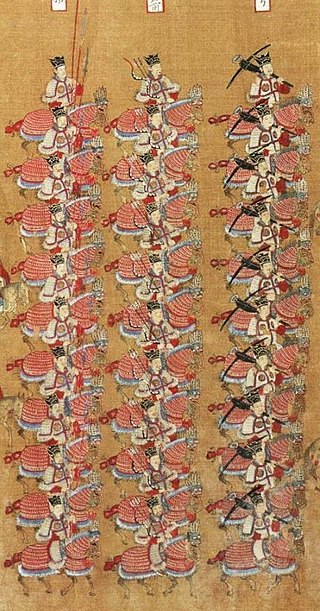
The crossbow was condemned by the Magna Carta, and Pope Innocent II also issued a ban on its use. In his statement, he said that as soon as peace in the land had returned, the kingdom would ban any crossbowmen, foreign mercenaries, and knights or soldiers who arrived with armory and horses and intended the kingdom harm. But such measures to ban these weapons did not halt the widespread usage.
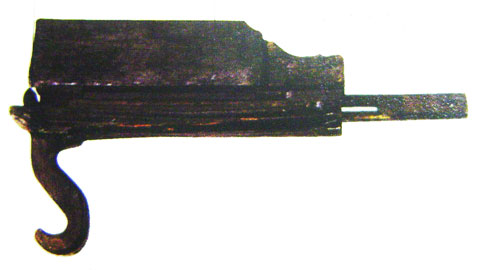
The English Longbow
The English longbow was originally designed for hunters. It was created during the development of the bodkin arrow which had a sturdy, extremely sharp and pointed iron tip. A warrior who wielded a longbow could kill an armored enemy from afar.

Longbows were an important weapon at the Battle of Crecy in 1346. During that battle, longbowmen even outdid Genoese crossbowmen despite a large number of arrows fired. This was because the crossbows only fired at a short range.
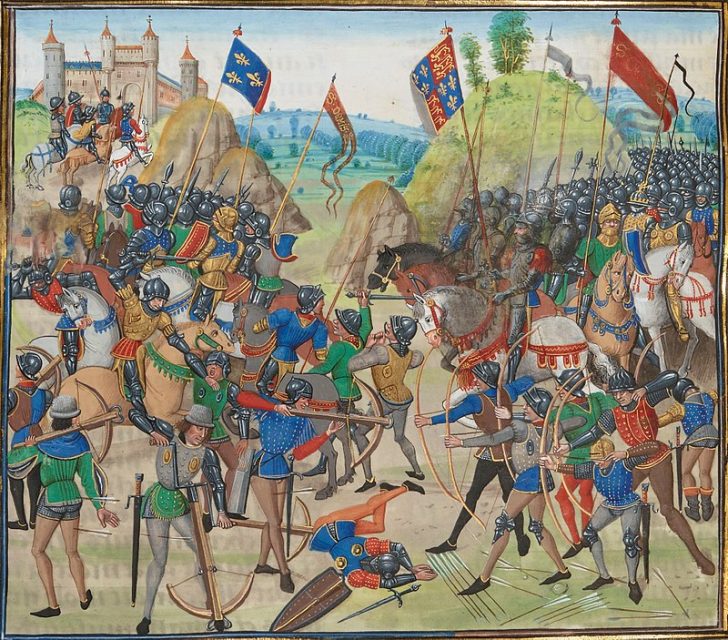
The only downside to the longbow was that it would take years of training to master. The draw load of the longbow could be as much as 160 pounds. With that in mind, wielding this weapon effectively required robust physical strength.
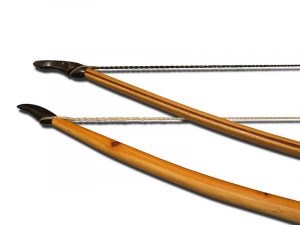
The Pike
The tactics of wielding a pike date back to the time of Alexander the Great’s Macedonian units. Mastering this weapon gave the infantrymen a better advantage over the cavalry. The pike is designed like a long spear with a spike at the tip. For the rear ranks, the pikes pointing out would create a spear point wall to prevent enemy horses from charging forward.
This tactic was first employed by the Scots who pioneered an oval-shaped formation that they called a “schiltron.” This was used when they did not have anyone at the rear or flanks, so it would not give the cavalry a chance to exploit any weak point.
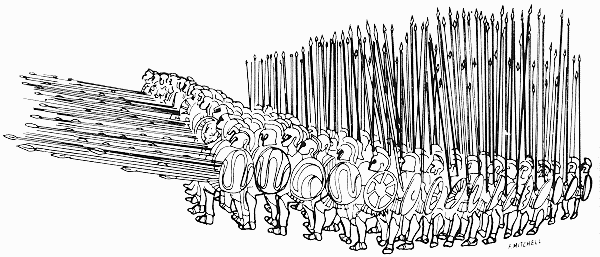
During the Battle of Courtrai in 1302, the Flemish forces were a vast infantry unit. They were heavily armed with long spears similar to the pike, as well as massive clubs called “goedendags.” Not only were they dangerous and well-strategized, but they also managed to disarm the French army and killed more than 1,000 knights.
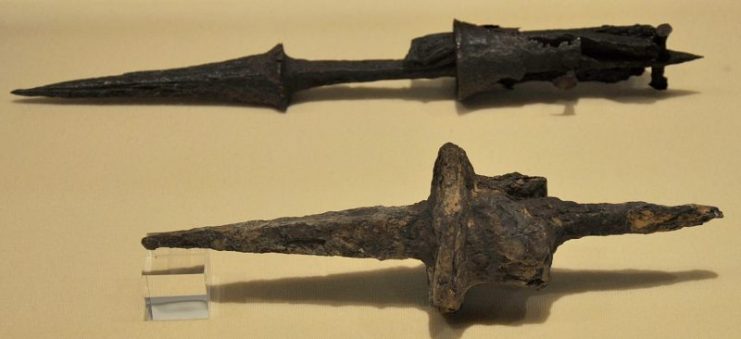
Of all the success stories relating to the pike, it was the Swiss who wielded this weapon best. They would position themselves with a combination of discipline and meticulous strategy to disengage their opponents. They called their tactic the “Pike Square.” 100 men would line themselves up to form a perfect square with their pikes directed outwards. This made cavalry charge difficult, but it was also easy for the Swiss to maneuver within this position by either advancing and turning to block out new threats. The strategy also proved difficult to flank and separate.
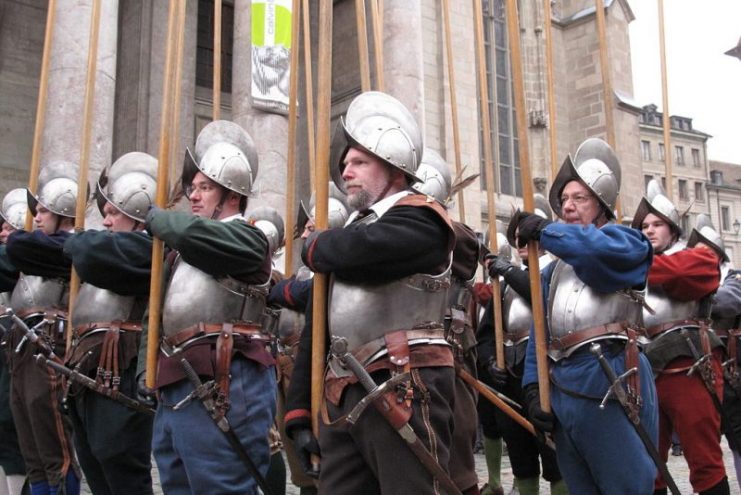
The Swiss employed this tactic during the Battle of Nancy in 1477 to overthrow Charles the Bold’s Burgundian cavalry army. This paved the way for military strategies for the next few years until musketry was developed.
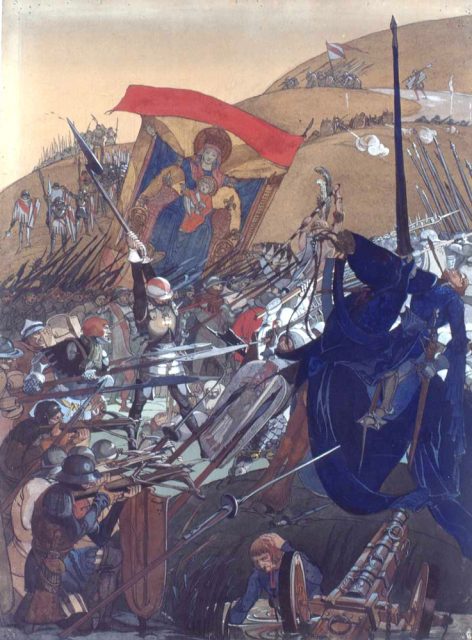
Gunpowder
The development of gunpowder resulted in a massive death count of armored knights and soldiers. Using any form of weapon or personal armor would be useless against even the most basic gunpowder weapon. Opponents charging towards a line of soldiers wielding handguns and arquebuses would only end in tragedy. Moreover, the sound and smoke produced by gunpowder would terrify men and horses.
Read another story from us: 500 Year Old 2-Handed Sword Found in Norwegian Lake
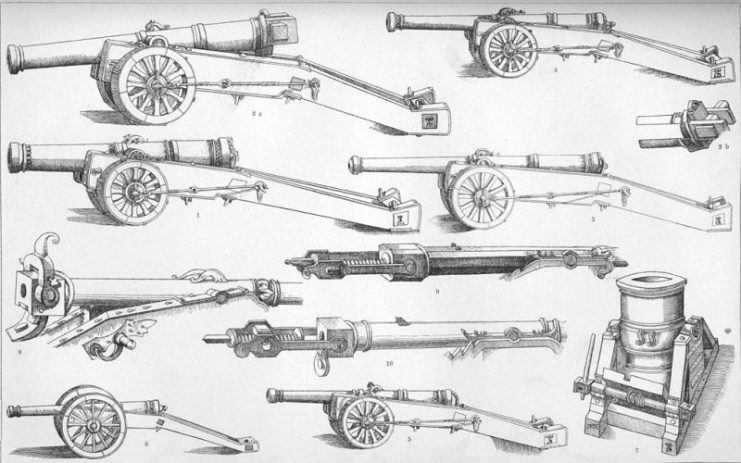
As soon as castle stone walls could easily be blasted to oblivion, field artillery effectively ended the days of protective barricades. No longer was the castle a symbol of the permanent authority of a lord over his lands.
